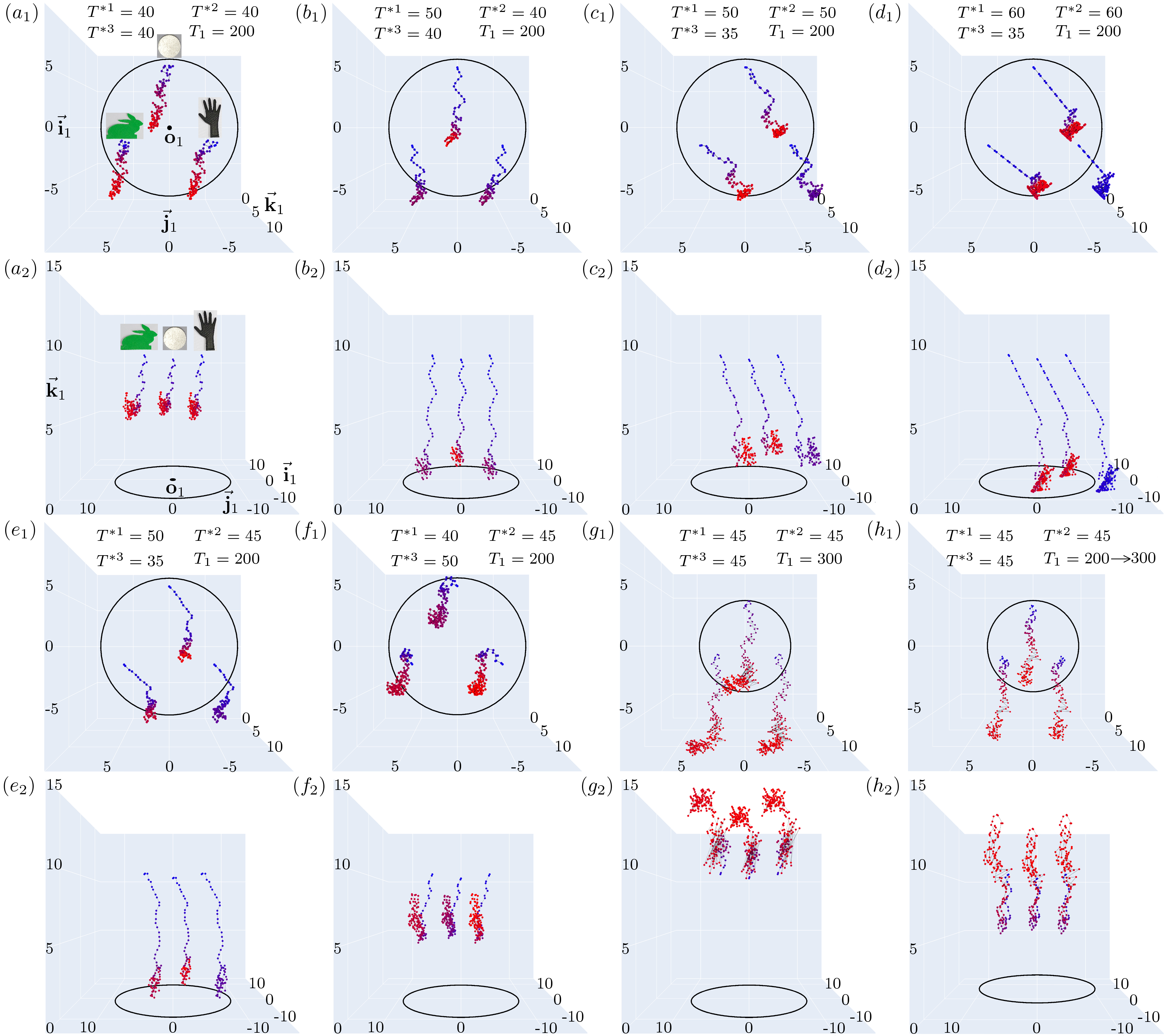Thermal Servoing Fundamentals
2020/01-2021/10

For more details, please see our paper and video.
Thermal servoing is a feedback control problem that deals with the regulation of an object’s temperature by means of motor actions of a rigid robot, which can either manipulate the object or the heat source. It is a frontier problem that has numerous important applications (e.g., in industrial process control, cosmetic dermatology, fire-fighting missions, etc.) where temperature needs to be dynamically controlled and the environment is uncertain. The quality, performance, and safety of these (otherwise open-loop) applications can be improved by incorporating thermal sensorimotor capabilities.

Although thermal sensing is a mature technology and has a rich history in the automation of many tasks , its use as a feedback signal for robot control has not been sufficiently studied in the literature, where only a few works have addressed this challenging servo-control problem. However, in these previous methods, temperature control is achieved by directly modulating the power of the heat-generating components. This approach is not suitable when considering external heat sources, e.g., wildfires and sunlight, or when the source’s power should not be varied, e.g., in cosmetic procedures.

The dynamic coupling between temperature and motion may seem unintuitive for humans, whereas many organisms extensively exploit these relations. Such advanced thermoception-based behaviors can be used to solve many real-world problems. However, these advanced thermoception-based capabilities have not yet been fully incorporated in robot control, a discipline with good track record of borrowing inspiration from nature, but which seems to be lagging in this direction. As a feasible solution to the aforementioned issues, in this article, we present a rigorous formulation for robot thermal servoing with radiative sources.
Here are the results of the experiments in which the adaptive controller is applied to regulate the temperature of the three objects.
